Apple cider vinegar is safe for dogs. Benefits of Apple Cider Vinegar for Dogs are its slightly acidic properties can soothe dogs' alkalized digestive tract, along with being used for an all natural flea control and itchy skin.
If you’ve ever dyed Easter eggs, you’re familiar with apple cider vinegar.
But did you know that vinegar has many benefits for our dogs' and they're wellbeing?
Apple Cider Vinegar is also a natural flea killer, it can help with yeast infections on dogs.
What is Apple Cider Vinegar?
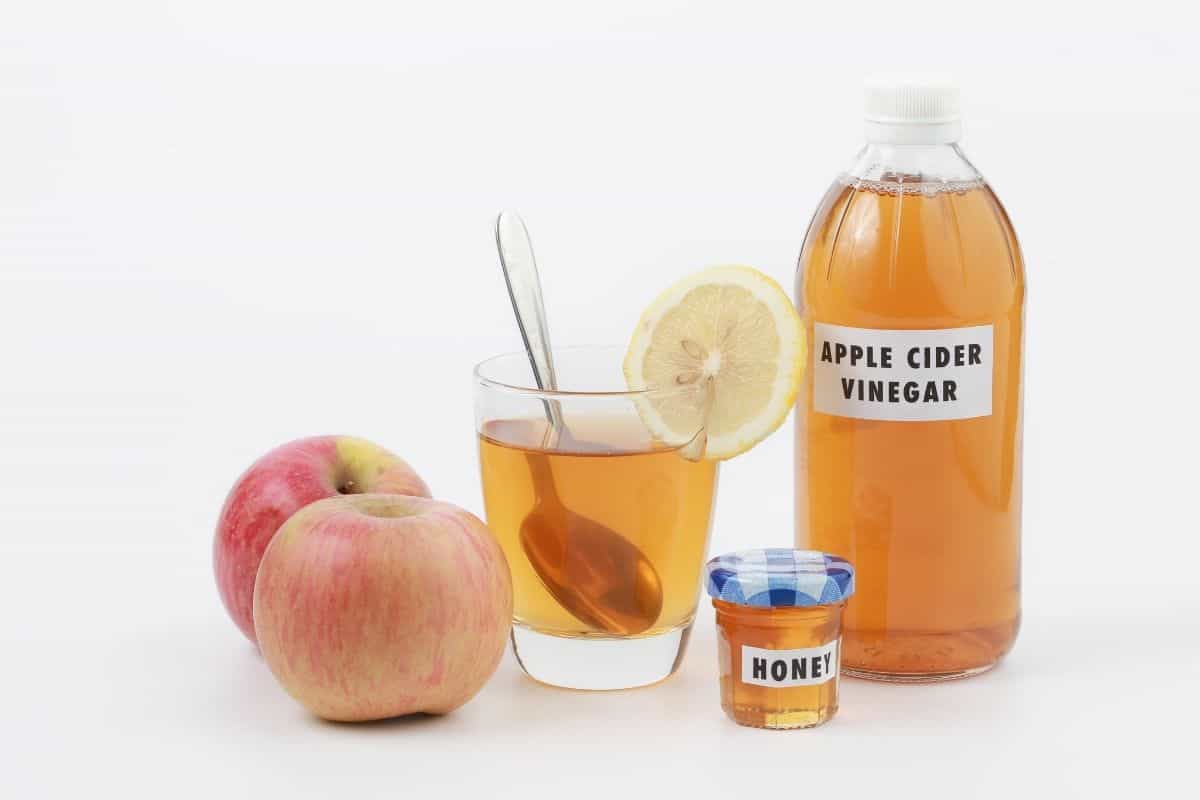
Made from apples and apple pectin, the vinegar starts out as plain water and apples. Once it’s exposed to the air, yeast grows and causes the sugar to ferment and become an alcoholic.
As the mixture ferments, the natural acidic bacteria turns into alcohol, which is the main ingredient of a natural vinegar.
The acetic acid gives the vinegar its taste, smell, and its benefits. When looking up the word “vinegar” in the dictionary, it means “sour wine.” This causes the acidic but healthful benefits.
What kind of Apple Cider Vinegar should I use on my dog?
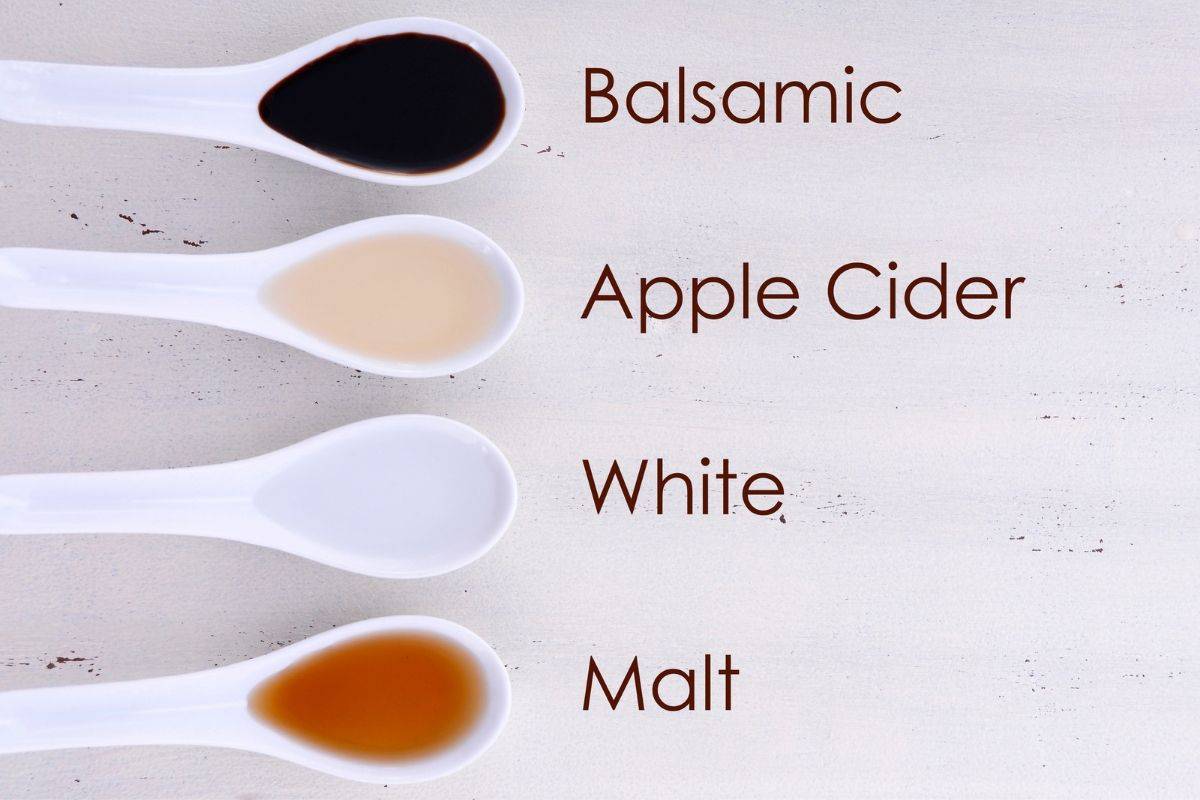
As with most thing nowadays, the choice of apple cider vinegar can be overwhelming.
There are options for raw, natural, unfiltered, organic or unpasteurized vinegar.
Including white vinegar, balsamic vinegar, and even wine vinegars.
As with most thing nowadays, the choice of apple cider vinegar can be overwhelming.
There are options for raw, natural, unfiltered, organic or unpasteurized vinegar. Including white vinegar, balsamic vinegar, and even wine vinegars.
For dogs you’ll always want to choose raw, unpasteurized apple cider vinegar out of a glass bottle. Most times this apple cider vinegar will contain the words ‘with the mother” on the bottle.
Raw or Unfiltered cider has the “mother” included in it, which is that brown stuff you’ll find at the bottom of the bottle. That brown stuff includes all the live bacteria and enzymes to give it all the healthful benefits to humans and dogs.
What are the Benefits of Apple Cider Vinegar for my dog?
Apple Cider Vinegar contains 11 grams of potassium in one tablespoon.
While it’s not full of essential nutrients, it holds strong antioxidant and antibacterial properties.
13 Health Benefits of Apple Cider Vinegar for your dogs.
- Relieves or prevents arthritis
- Improves digestion.
- Can clear urinary tract infections
- Prevents the formation of kidney and bladder stones.
- Helps improve your dog's growth and condition of its coat.
- Clears yeast and fungal infections.
- Repels biting insects in the summer.
- Relieves muscle fatigue.
- Helps with an itchy skin and coat.
- When using by the ears, it can help clear and prevent ear infections.
- Repels fleas.
- Balances dogs digestion by balancing pH levels.
- Odor Remover.
How Apple Cider Vinegar can help dog's paws?

It’s common for dogs to get a yeast infection on its paws.
By adding 1 cup of apple cider vinegar to 2-4 cups of water in a spray bottle and spraying your dogs' paws with vinegar, it can help to clear up yeast infections.
How to use Apple Cider Vinegar for my Dog?
Add a teaspoon of vinegar to your dogs’ water and see if they will drink it? That’s the best way to get apple cider vinegar into your pet.
Apple cider vinegar has long been used in recipes for salad dressings and drinks. It’s a healthy for both humans and dogs.
The exact dosage isn’t cast in stone, start with a small amount and slowly add more to make sure your dog can handle the taste.
Never feed vinegar straight to a dog. It will give them an upset tummy.
By adding it to your dog's water or food at approximately one teaspoon, no more than one tablespoon for a 50 pound dog.
Can Apple Cider Vinegar clear my Dog’s Ear Infection?
Yes! To help keep your dogs' ears clean, you can mix equal parts warm water with vinegar and wipe down your dogs' ears and paws.
If your dog already has an ear infection, it will need to be seen by a veterinarian. However, using vinegar will help your dogs' ears to remain clean and free of any yeast infections.
A Natural Flea Killer?
Apple cider vinegar is a natural flea killer that is safe and easily used for our dogs.
- Mix equal parts apple cider vinegar and warm water to a spray bottle.
- First test a small area to make sure your dogs not allergic to apple cider vinegar.
- Using a cloth, rub down your dogs' legs and tummy area.
- Spray a small amount on your dog's back.
- Never spray your dog's face with this vinegar solution.
Apple Cider Vinegar as a Natural Dog Shampoo?
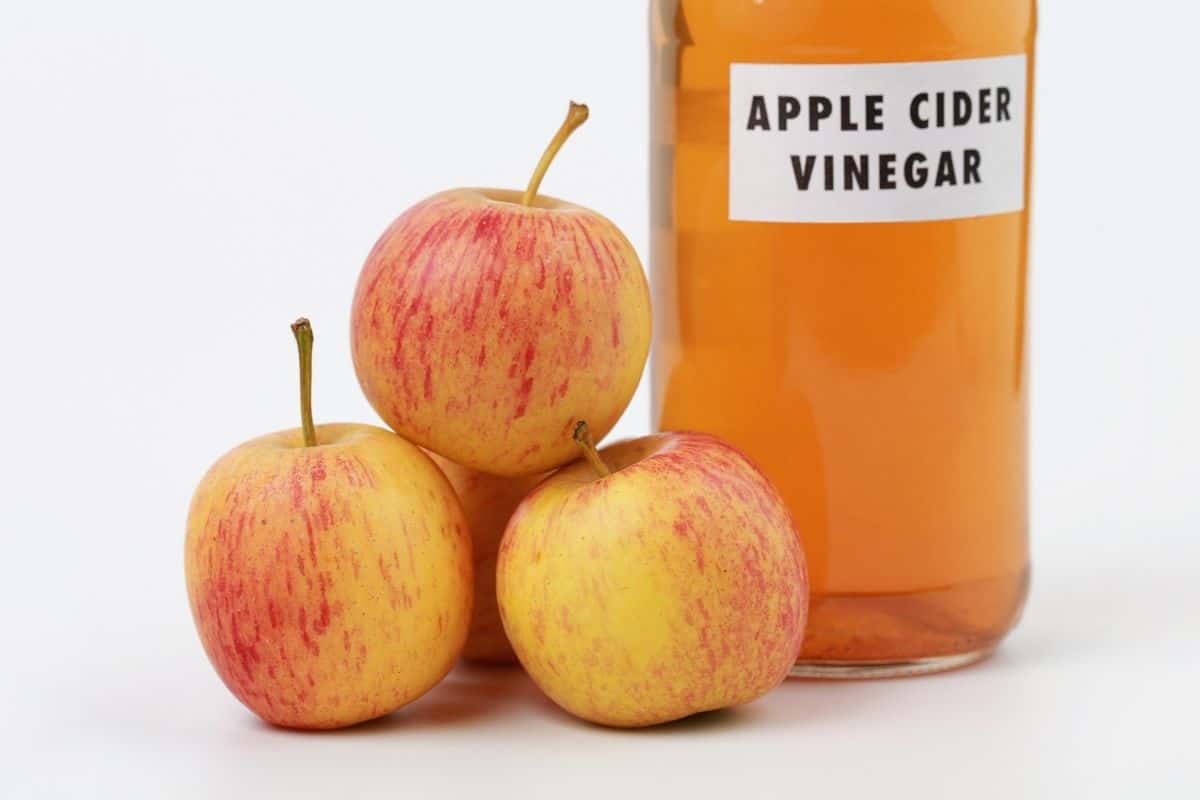
Absolutely! There are many ways to make a natural dog shampoo, which benefits our dogs.
Tiny pests and biting critters don’t like the taste of apple cider vinegar.
- Mix ½ cup of apple cider vinegar to
- 2 cups of warm water and
- ¼ cup of Dawn dish detergent.
- Spray a small amount as a test spot. Wait 10 minutes to make sure there is no allergic reaction.
- Apply a small amount to your dog's back, legs and tummy.
- Always avoid your dog's face with the apple cider mixture.
Removing Skunk Smell from my Dog
By using this vinegar’s strong odor, it makes the perfect odor remover if your dog gets sprayed by a skunk.
Wash your dog in a mixture of:
- ½ cup apple cider vinegar
- 2 cups of warm water.
- ¼ cup of Dawn dish detergent.
Spray this all over your dog, avoiding your dog's face. Rinse, then repeat.
Does your house smell like a skunk?
Place some apple vinegar into a pot of water and let it simmer for an hour or two. Adding more water and vinegar as needed. It will remove the smell entirely from your home.
Not everyone agrees with using Apple Cider Vinegar
Not everyone agrees that using apple vinegar is good for some dogs. If a dog's system is full of alkaline, apple vinegar will not help correct any problems.
If a dog is allergic to apple vinegar, it can cause a dog to vomit or itch like crazy.
For some dogs, the vinegar can worsen ear infections.
While most dogs are over-alkaline and apple cider will help, there are some that are not. It’s especially important to start slowly and check to see how your dog is doing.
The easiest way to check is to use pH paper strips for dogs. Use your dog's urine test to see if it’s effecting your dog.
If the test strips reads between 6.2 to 6.5, your dog is doing well with apple cider vinegar.
However, if it’s in the higher range, 7.5 or higher, your dog is receiving too much apple cider vinegar.
Never feed over one teaspoon to one tablespoon per 50 pound dog.
As always, check with your veterinarian before beginning any regimen on your dog. These are things that have worked for my dogs. They may or may not work for yours.


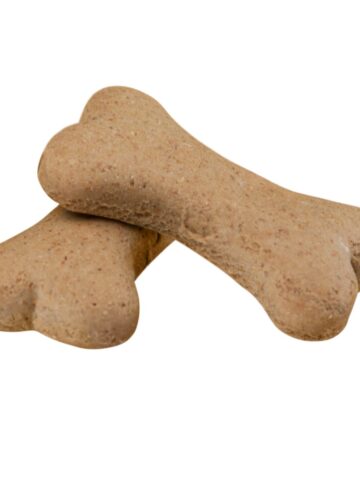
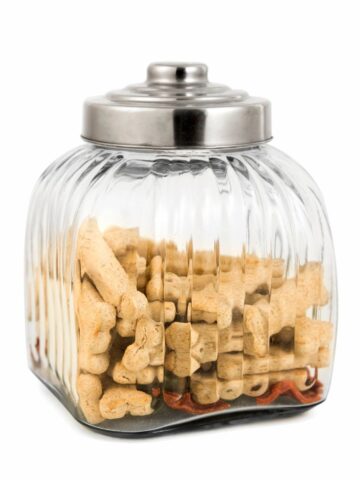

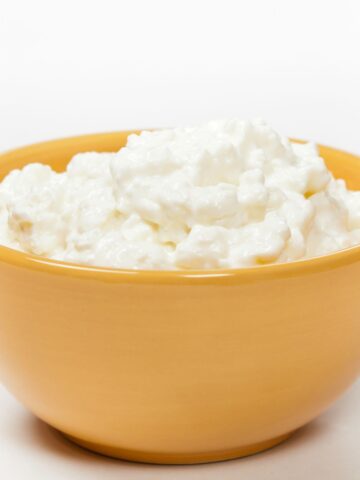
Heidi says
I mixed 1 part ACV to 3 parts water and misted my dogs coat on non-itchy areas to see how he responded to it. Do I have to give him a bath now? I did not saturate his coat by any means.
Thank you!